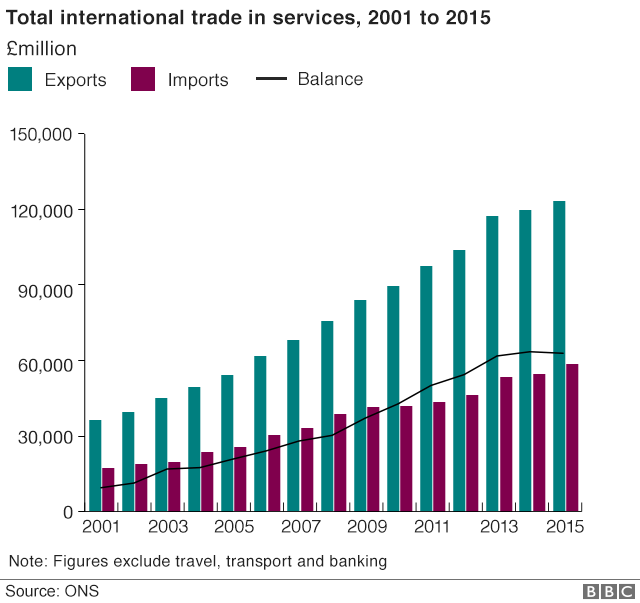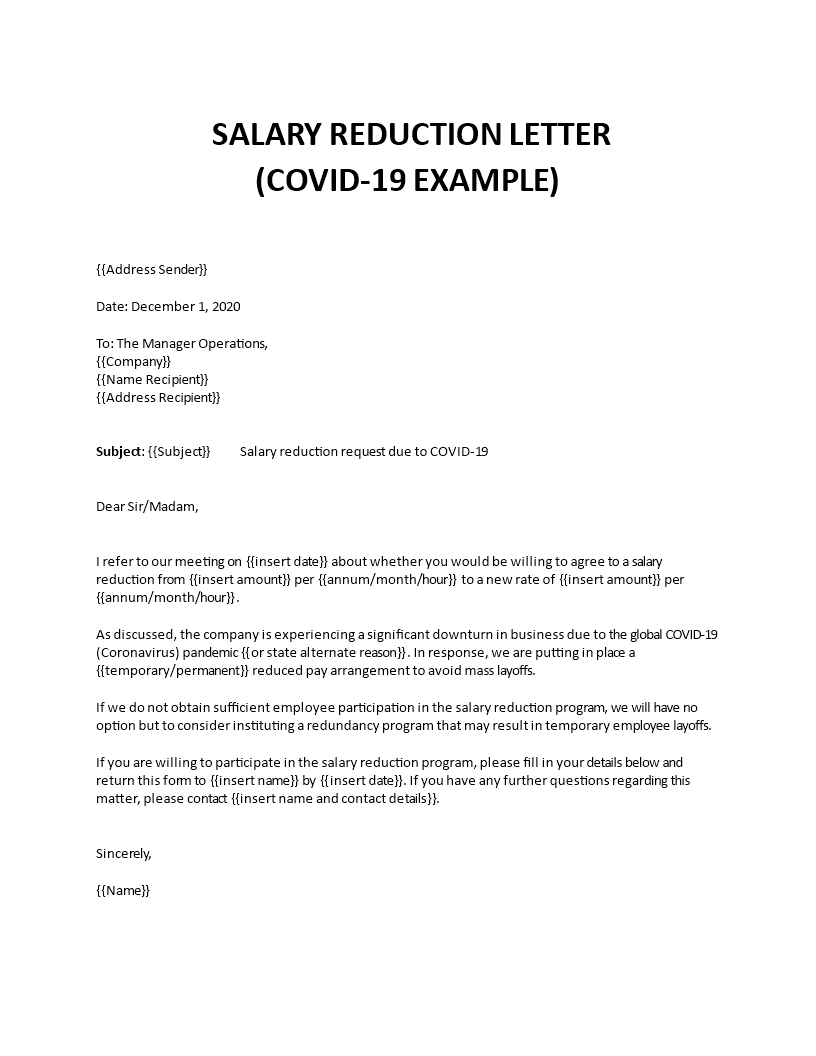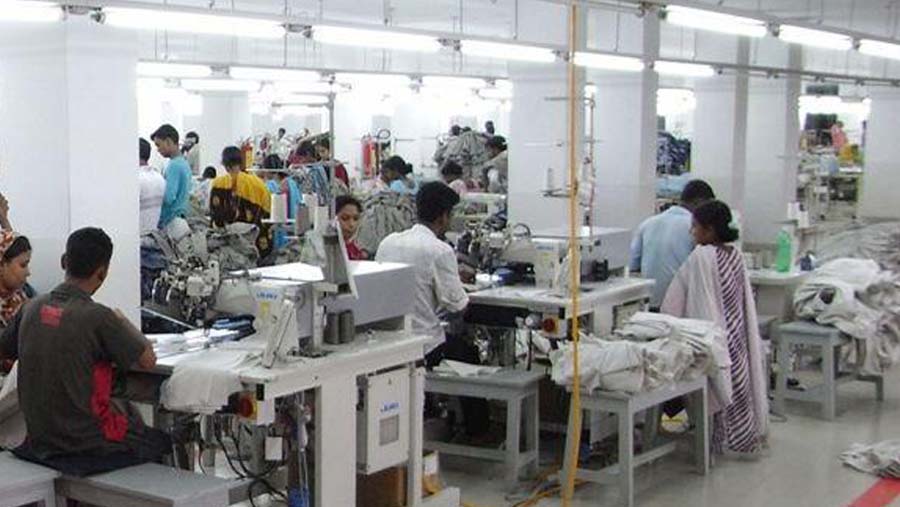UK Luxury Exports To The EU: Assessing The Brexit Impact

Table of Contents
New Customs Procedures and Their Impact on UK Luxury Exports
The post-Brexit trading environment has introduced significant changes to customs procedures, creating new hurdles for UK luxury exporters aiming to reach the EU market.
Increased Bureaucracy and Administrative Costs
Navigating the new customs landscape has become significantly more complex. The increased administrative burden translates directly into higher operational costs for businesses.
- Increased paperwork: Exporters now face a deluge of paperwork, including customs declarations, certificates of origin, and other documentation. This adds significant time and resource constraints.
- Customs declarations: The process of completing and submitting accurate customs declarations is intricate and requires specialized knowledge. Errors can lead to delays and penalties.
- Delays and higher costs: The added bureaucracy and processing times have resulted in delays in shipments and increased storage costs, impacting profitability.
- Specialized expertise: Businesses now need to invest in specialized customs brokers and compliance expertise, significantly adding to the financial burden. This often requires hiring new staff or outsourcing, increasing overhead.
For example, a small luxury goods exporter specializing in handcrafted jewelry reported a 30% increase in administrative costs due to new customs procedures, impacting their bottom line.
Supply Chain Disruptions and Logistics Challenges
The complexities of new customs checks have led to noticeable disruptions in supply chains and added logistical challenges for UK luxury exporters.
- Longer transit times: Border checks and increased scrutiny have resulted in significantly longer transit times for shipments. This can delay deliveries and negatively impact customer satisfaction.
- Damage and spoilage risks: The extended transit times increase the risk of damage or spoilage, especially for delicate luxury goods requiring specific temperature or handling conditions. This represents a significant loss for businesses.
- Specialized logistics providers: To navigate the post-Brexit regulations effectively, UK businesses are increasingly reliant on specialized logistics providers with expertise in customs procedures and EU regulations. This adds to the overall cost.
Tariff and Non-Tariff Barriers Affecting UK Luxury Goods
Brexit has introduced both tariffs and non-tariff barriers, impacting the competitiveness and market access of UK luxury goods in the EU.
Impact of Tariffs on Price Competitiveness
The imposition of tariffs on certain categories of UK luxury goods entering the EU has directly affected price competitiveness.
- Tariff rates vary: Tariff rates vary depending on the specific product category, impacting some luxury goods more than others. This lack of predictability poses a challenge to planning.
- Price competitiveness decline: The addition of tariffs increases the final price for consumers, making UK luxury goods less competitive compared to similar products originating from within the EU or countries with favorable trade agreements.
- Mitigation strategies: UK luxury brands are employing various strategies to mitigate the impact of tariffs, including price adjustments, sourcing changes (e.g., relocating some production within the EU), and exploring alternative distribution channels.
Non-Tariff Barriers and Regulatory Hurdles
Beyond tariffs, non-tariff barriers, such as rules of origin and regulatory hurdles, also pose significant challenges.
- Rules of origin: Determining the origin of goods can be complex, especially for luxury goods with components sourced from various countries. Meeting stringent rules of origin requirements is critical for avoiding tariffs.
- Product labeling: Different labeling requirements between the UK and the EU can lead to compliance issues and delays. Ensuring correct labeling for each market is crucial.
- Sanitary and Phytosanitary (SPS) measures: Specific SPS measures for certain luxury goods, such as food and beverage items, can create additional hurdles and require extensive documentation.
- Differing standards: Differences in product standards and regulations can restrict market access for certain UK luxury goods.
Adaptation Strategies of UK Luxury Brands Post-Brexit
In response to the challenges, UK luxury brands are adopting various strategies to maintain their market share and expand into new markets.
Diversification of Export Markets
Many UK luxury brands are actively diversifying their export markets to reduce dependence on the EU.
- Expanding globally: Focus is shifting towards non-EU markets with growing demand for luxury goods, such as Asia and the US.
- New market challenges: Accessing new markets requires significant investment in market research, distribution networks, and adapting marketing strategies to specific cultural contexts.
- Successful examples: Several UK luxury brands have successfully established themselves in new markets, demonstrating the potential for diversification.
Investment in Technology and Logistics
Investing in technology and improving logistics is crucial for overcoming post-Brexit challenges.
- Digital solutions: Adoption of digital customs platforms and supply chain management software streamlines processes and reduces errors.
- Advanced logistics systems: Investments in advanced logistics systems and real-time tracking technologies optimize transportation routes and minimize delays.
- Technology examples: AI-powered customs compliance tools and blockchain technology for enhanced traceability are being adopted by leading luxury brands.
Enhanced Brand Storytelling and Consumer Engagement
Maintaining strong relationships with EU consumers is vital despite the added challenges.
- Building loyalty: Luxury brands are focusing on building stronger consumer relationships by emphasizing the unique value proposition of their products, highlighting craftsmanship, heritage, and sustainability.
- Targeted marketing: Using sophisticated data analytics and targeted marketing strategies to reach key demographic groups.
- Social media engagement: Strengthening brand presence and communicating directly with EU customers through social media platforms.
Conclusion
Brexit has undeniably presented significant challenges for UK luxury exports to the EU. New customs procedures, tariffs, and non-tariff barriers have increased costs and complexity for businesses. However, many UK luxury brands have demonstrated resilience and adaptability, exploring new markets and investing in technology to mitigate the negative impacts. Understanding the complexities of navigating this new trading environment is crucial for continued success. Businesses need to proactively address the challenges and seize the opportunities presented by this new landscape. For a deeper understanding of the evolving implications for your specific sector, further research into the impact on UK luxury exports to the EU is essential. By implementing the strategies discussed in this article and adapting to the changing post-Brexit landscape, UK businesses can continue to thrive in the competitive luxury goods market.

Featured Posts
-
 Soap Opera Star Susan Luccis Prank On Michael Strahan
May 21, 2025
Soap Opera Star Susan Luccis Prank On Michael Strahan
May 21, 2025 -
 New Family Movie Featuring Mia Wasikowska And Taika Waititi
May 21, 2025
New Family Movie Featuring Mia Wasikowska And Taika Waititi
May 21, 2025 -
 The 31 Reduction In Bps Ceos Salary Reasons And Implications
May 21, 2025
The 31 Reduction In Bps Ceos Salary Reasons And Implications
May 21, 2025 -
 Od Reddita Do Velikog Platna Sydney Sweeney U Novoj Filmskoj Adaptaciji
May 21, 2025
Od Reddita Do Velikog Platna Sydney Sweeney U Novoj Filmskoj Adaptaciji
May 21, 2025 -
 Barclay Center Hosts Vybz Kartel Concert In April Nyc Show Details
May 21, 2025
Barclay Center Hosts Vybz Kartel Concert In April Nyc Show Details
May 21, 2025
Latest Posts
-
 Find Everything You Need To Know About Bangladesh On Bangladeshinfo Com
May 21, 2025
Find Everything You Need To Know About Bangladesh On Bangladeshinfo Com
May 21, 2025 -
 Uefa Nations League Germany Edges Italy 5 4 On Aggregate Secures Final Four Spot
May 21, 2025
Uefa Nations League Germany Edges Italy 5 4 On Aggregate Secures Final Four Spot
May 21, 2025 -
 Exploring Bangladesh Your Guide To Bangladeshinfo Com
May 21, 2025
Exploring Bangladesh Your Guide To Bangladeshinfo Com
May 21, 2025 -
 Germanys Dramatic Nations League Victory Over Italy A 5 4 Aggregate Triumph
May 21, 2025
Germanys Dramatic Nations League Victory Over Italy A 5 4 Aggregate Triumph
May 21, 2025 -
 Bangladeshinfo Com The Ultimate Resource For Information On Bangladesh
May 21, 2025
Bangladeshinfo Com The Ultimate Resource For Information On Bangladesh
May 21, 2025
